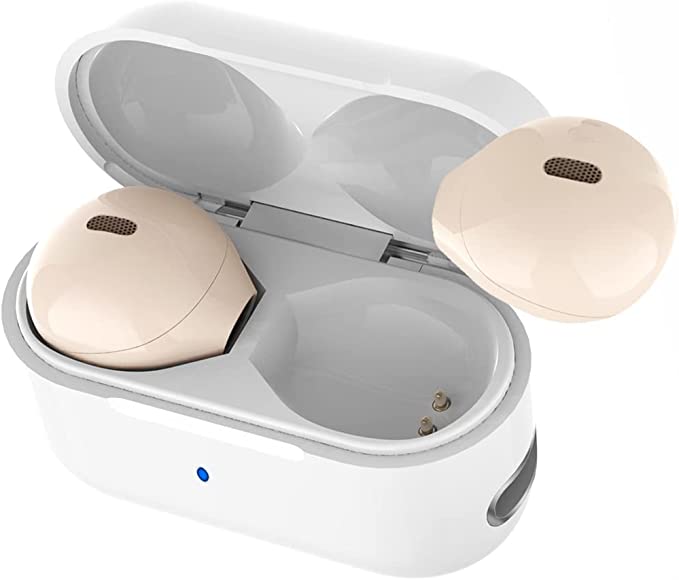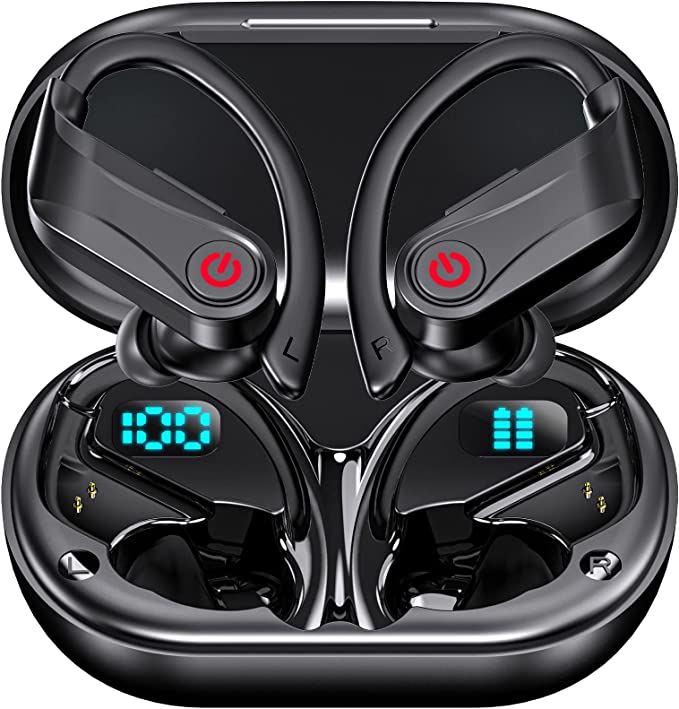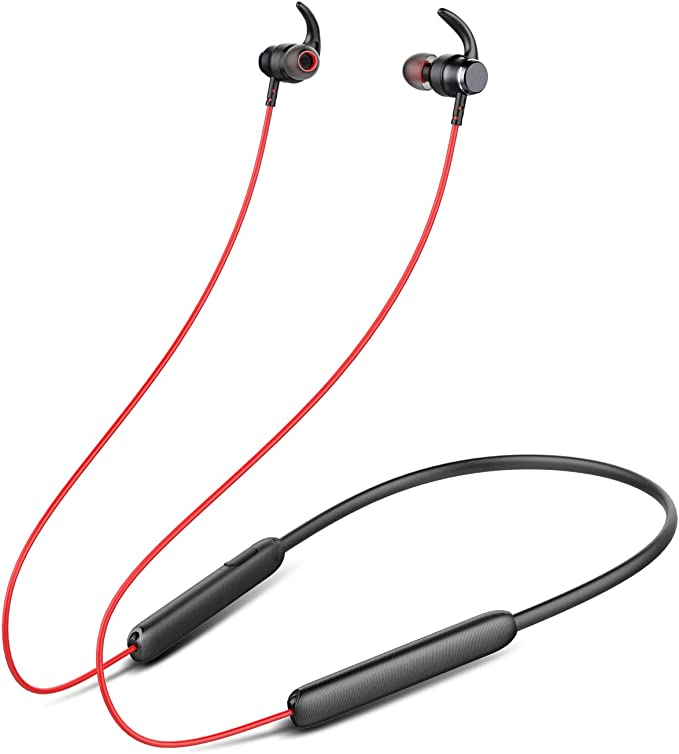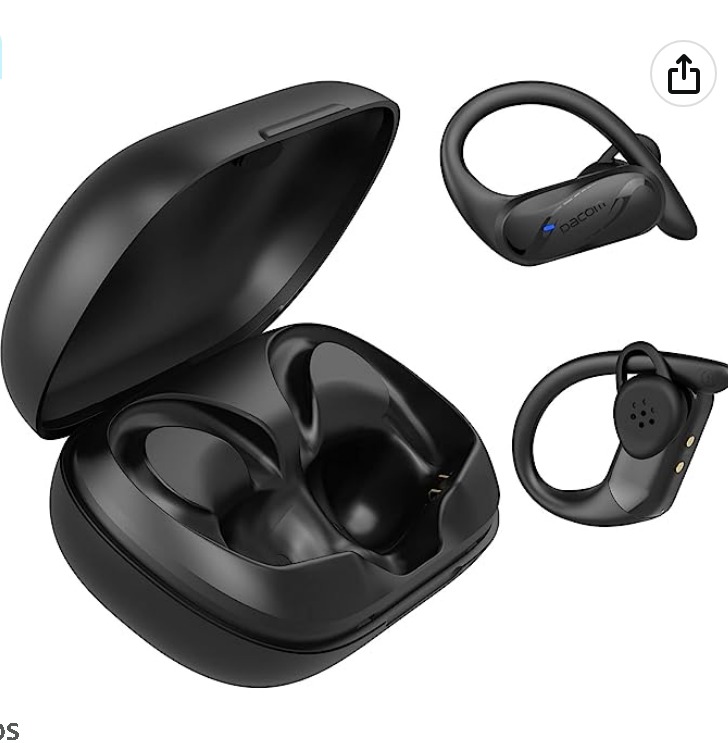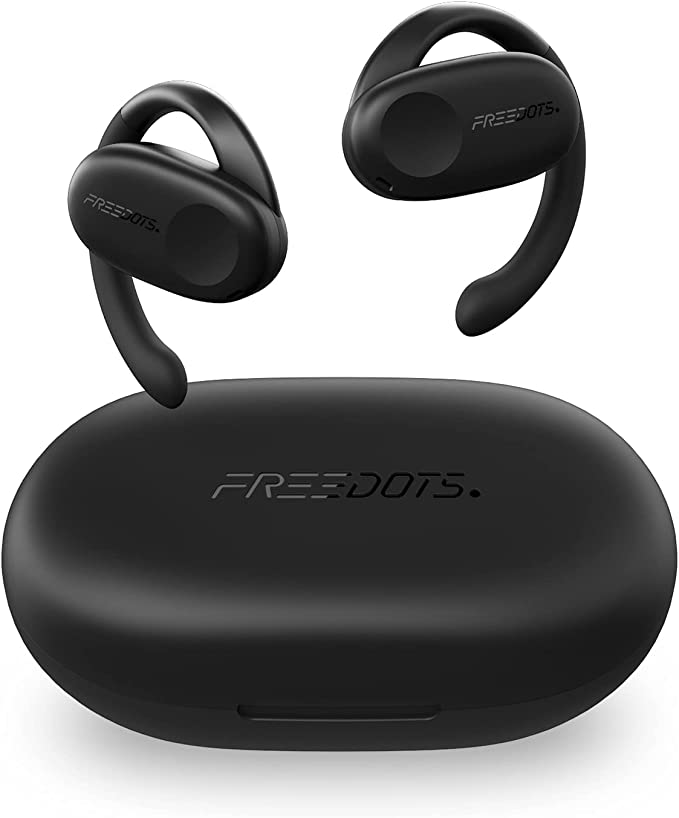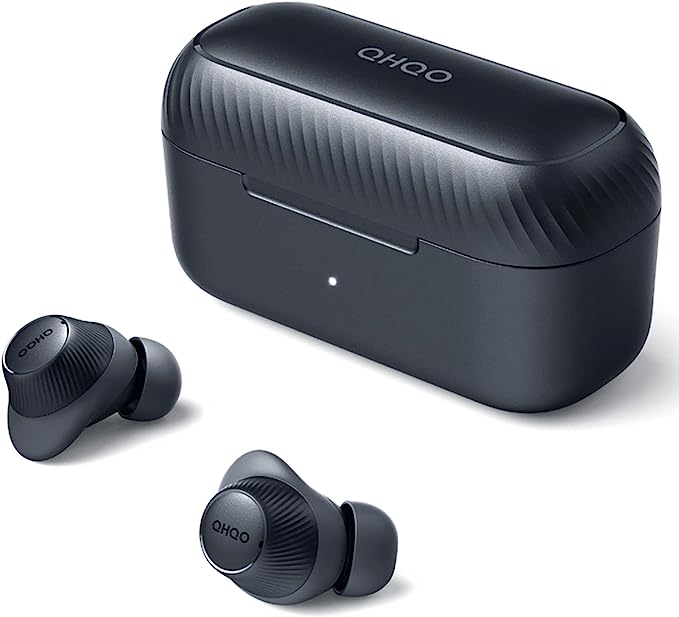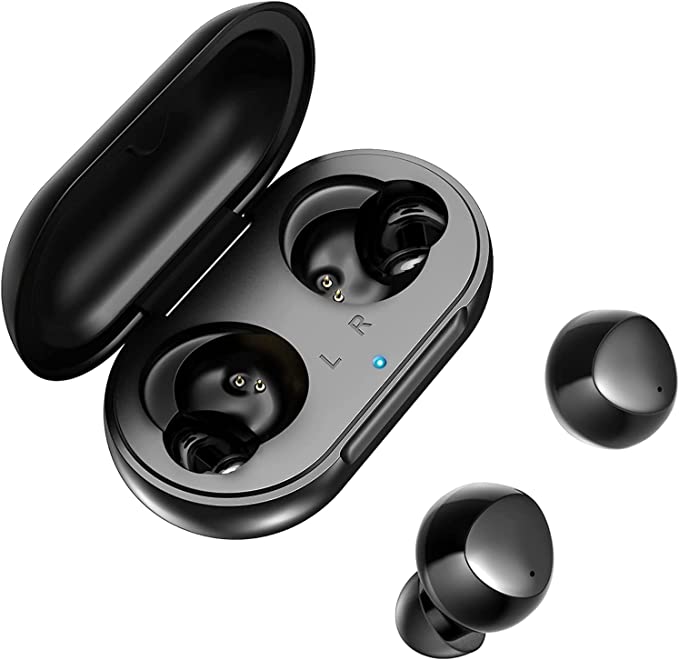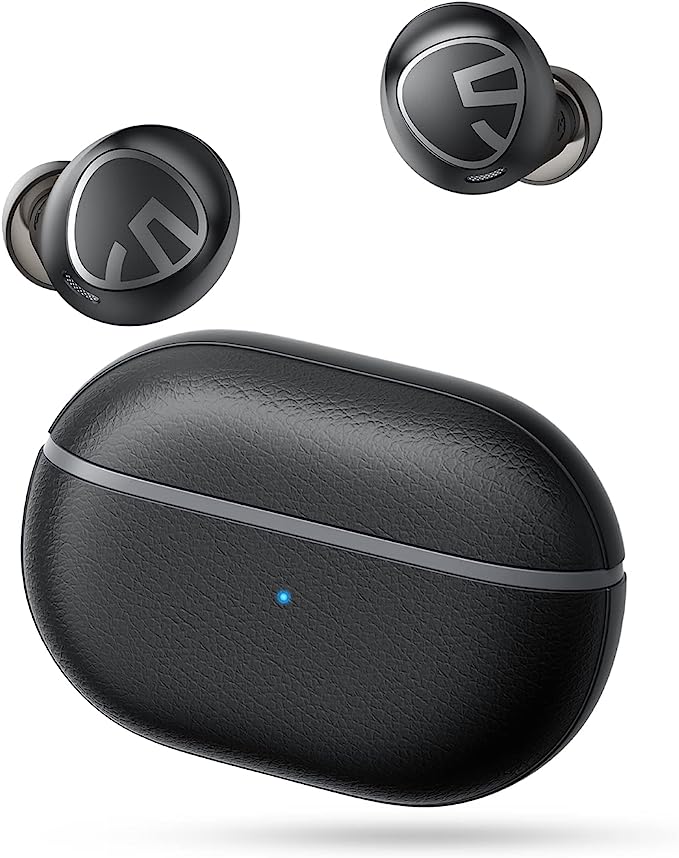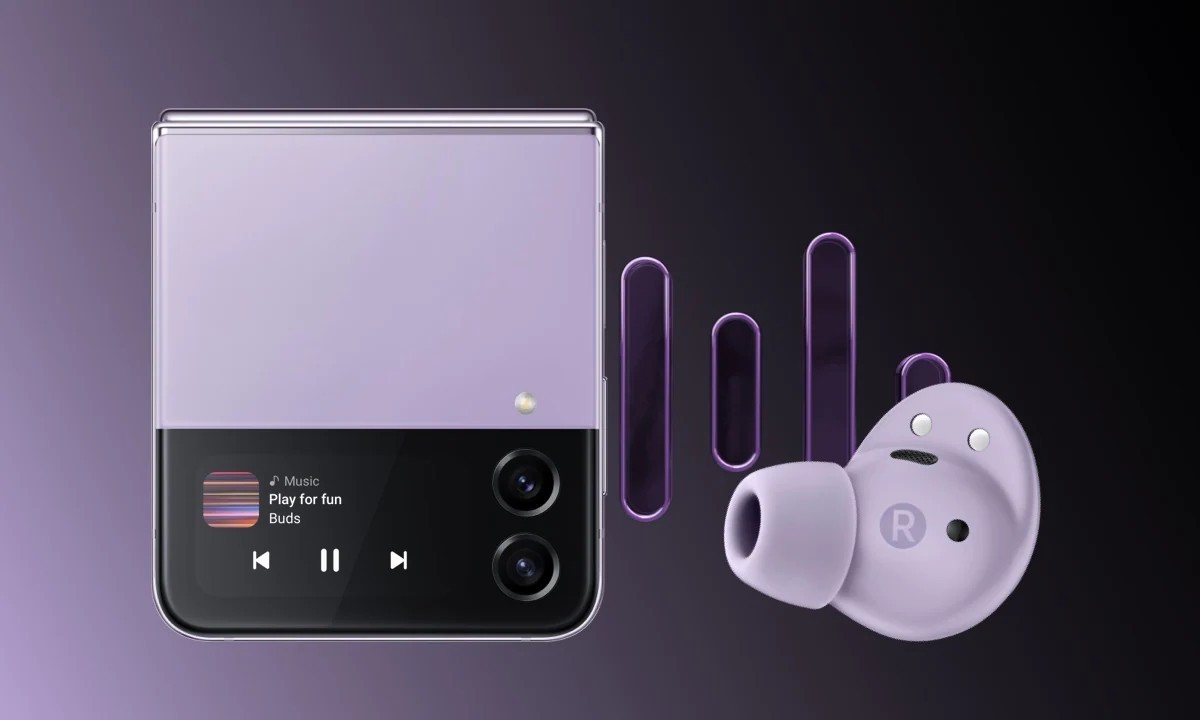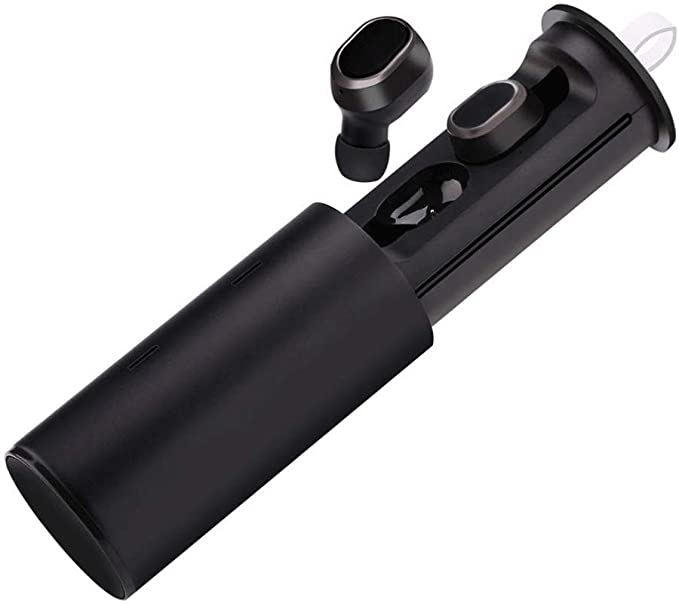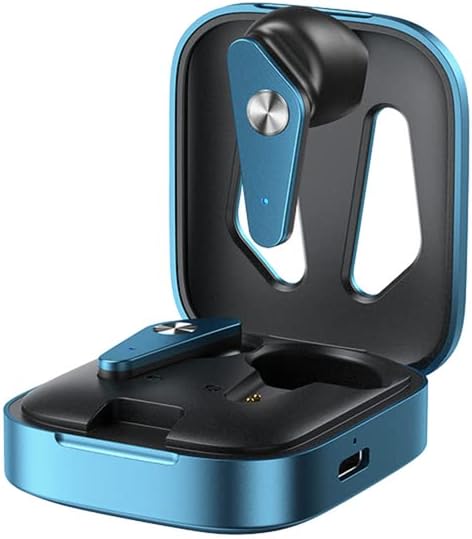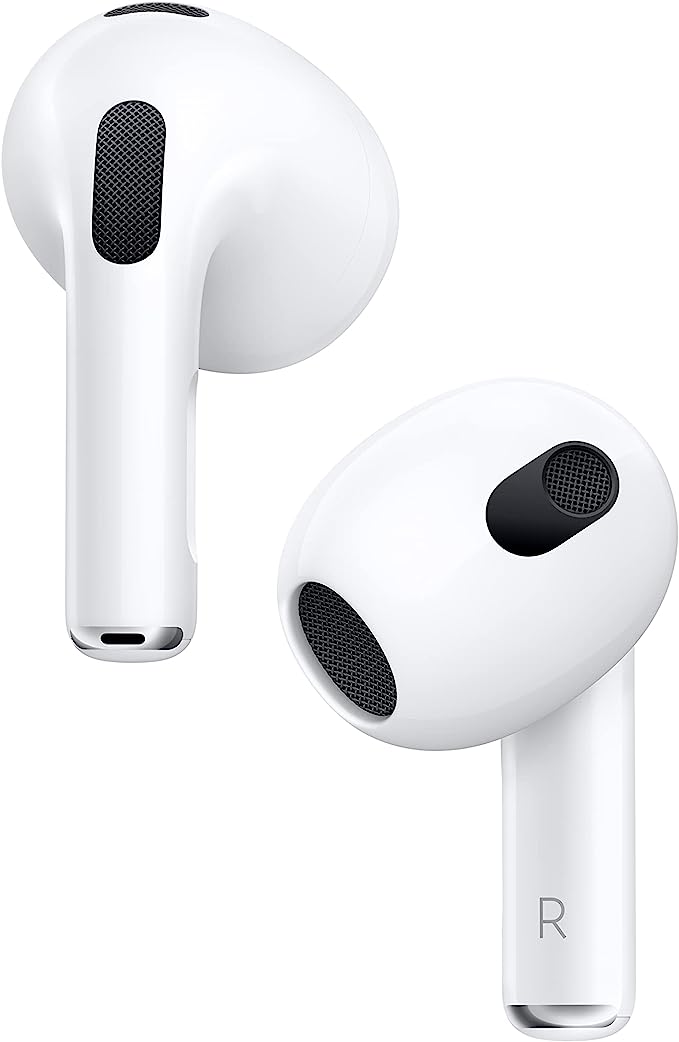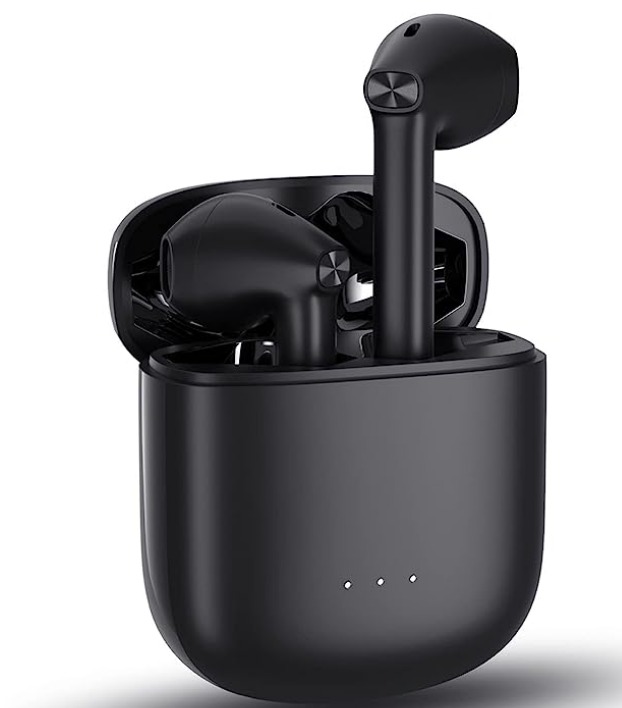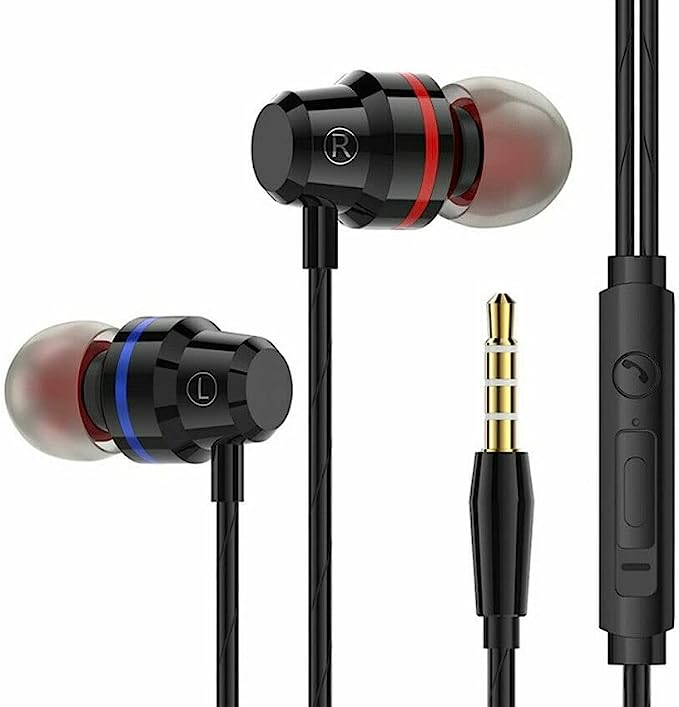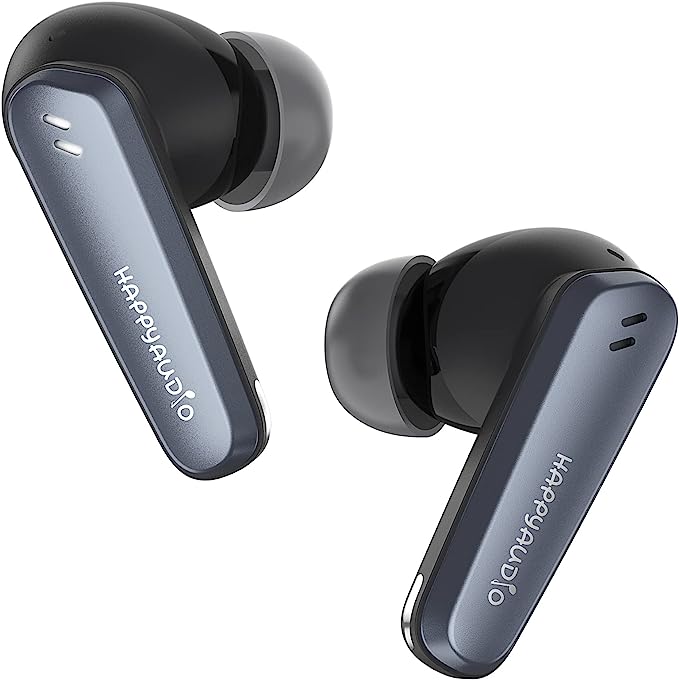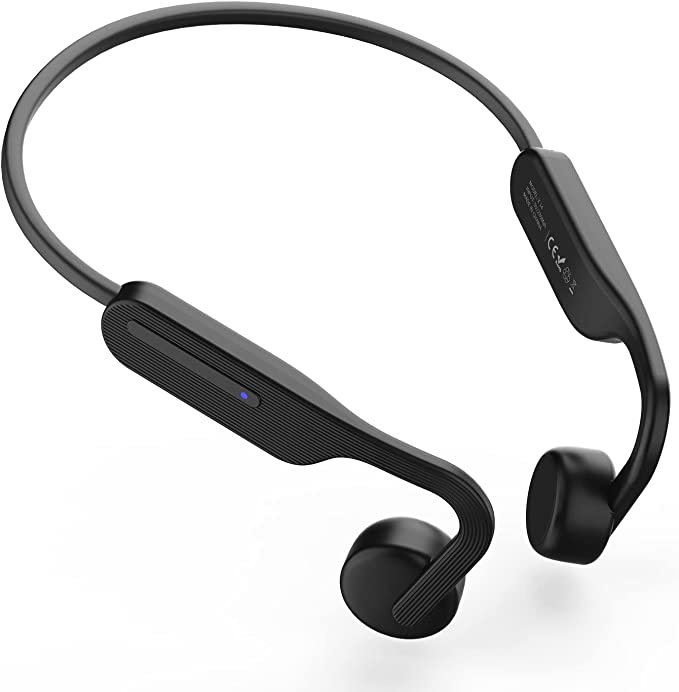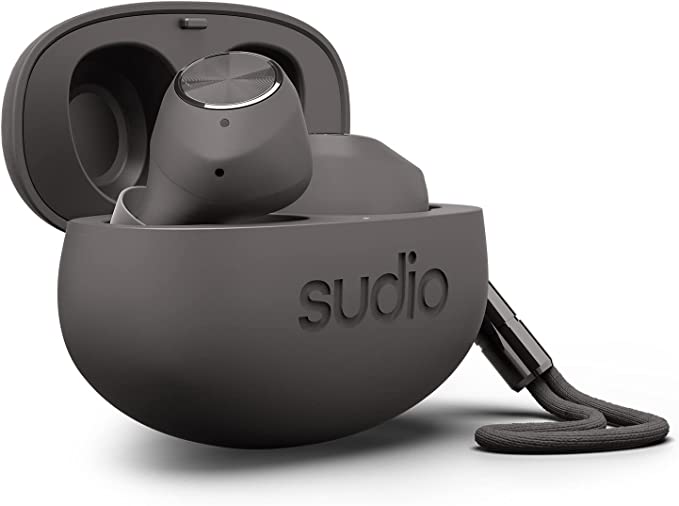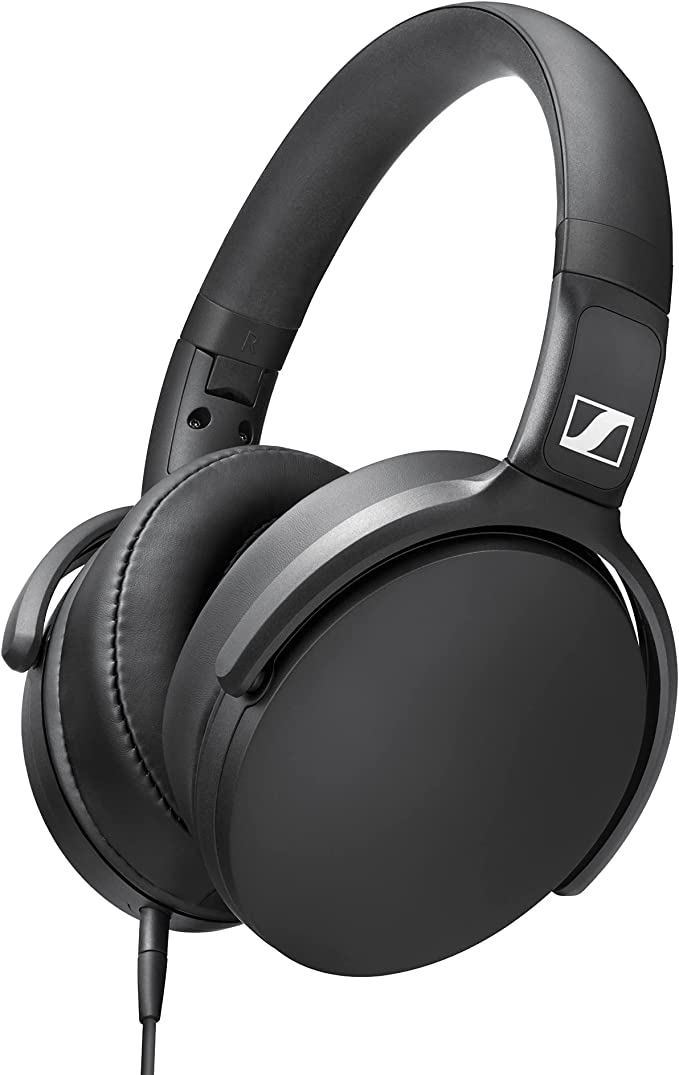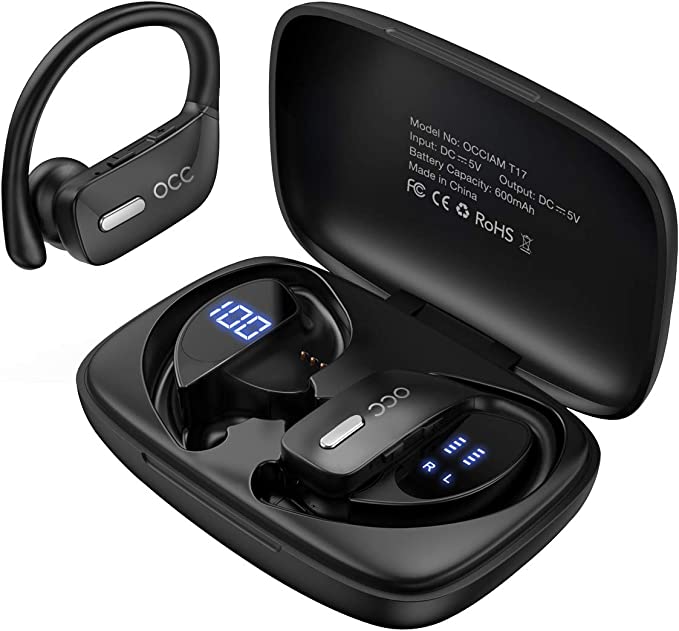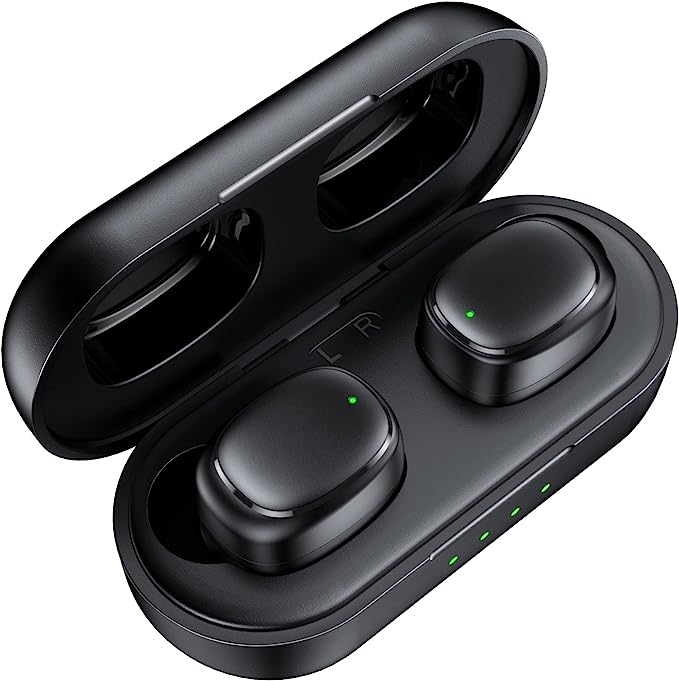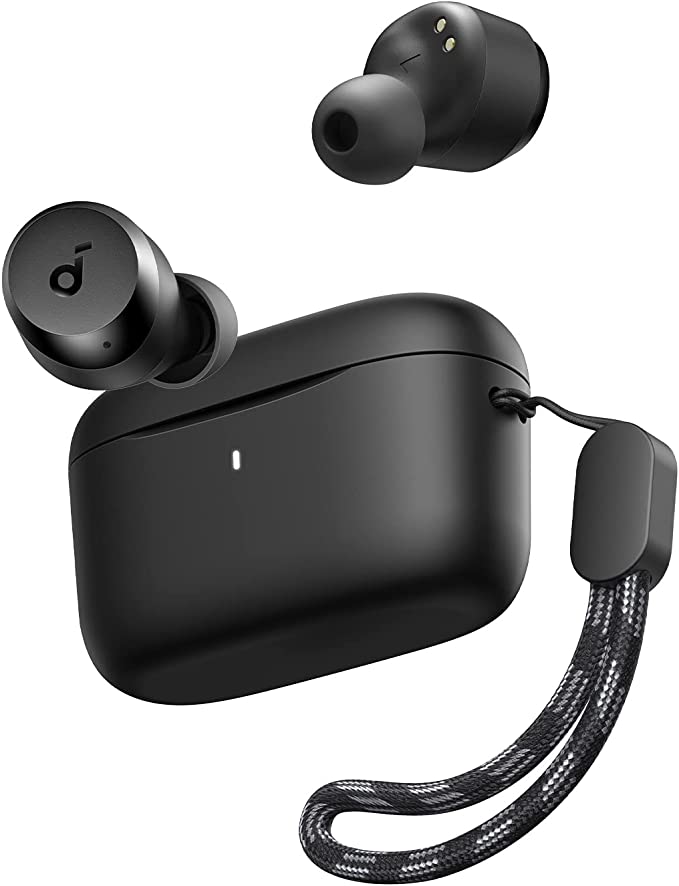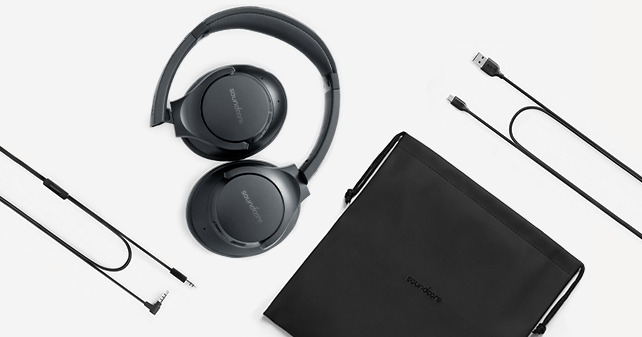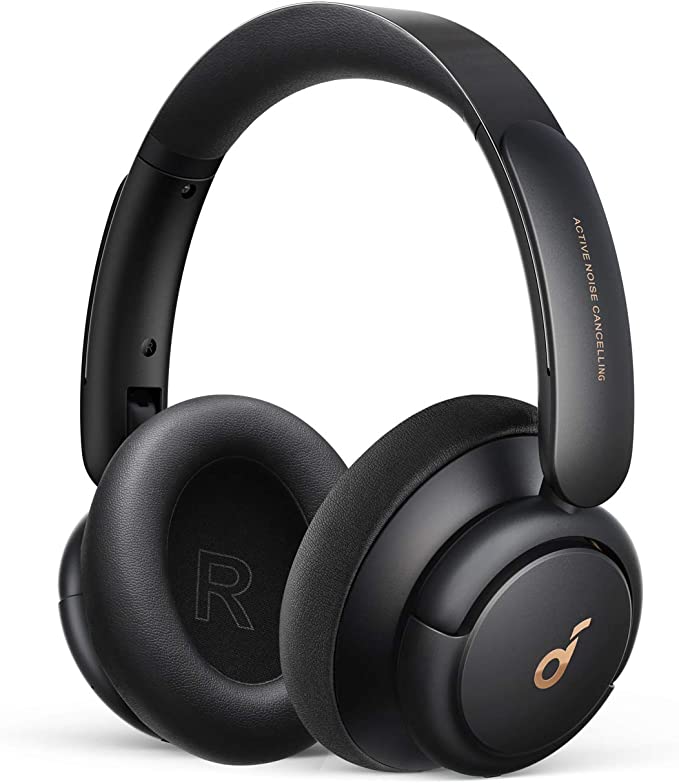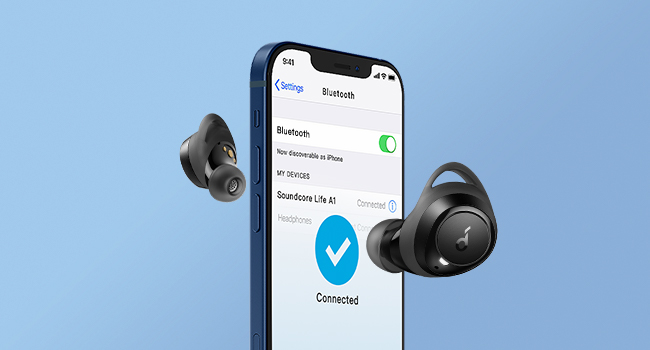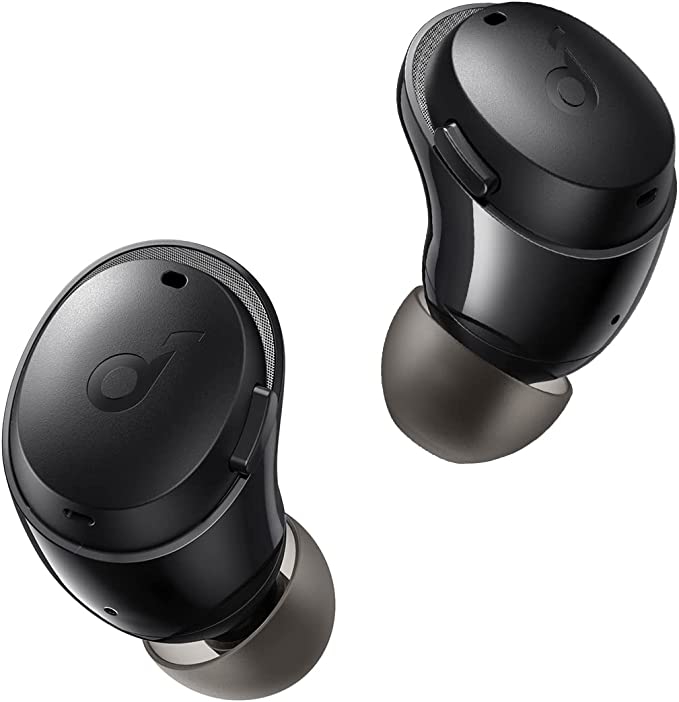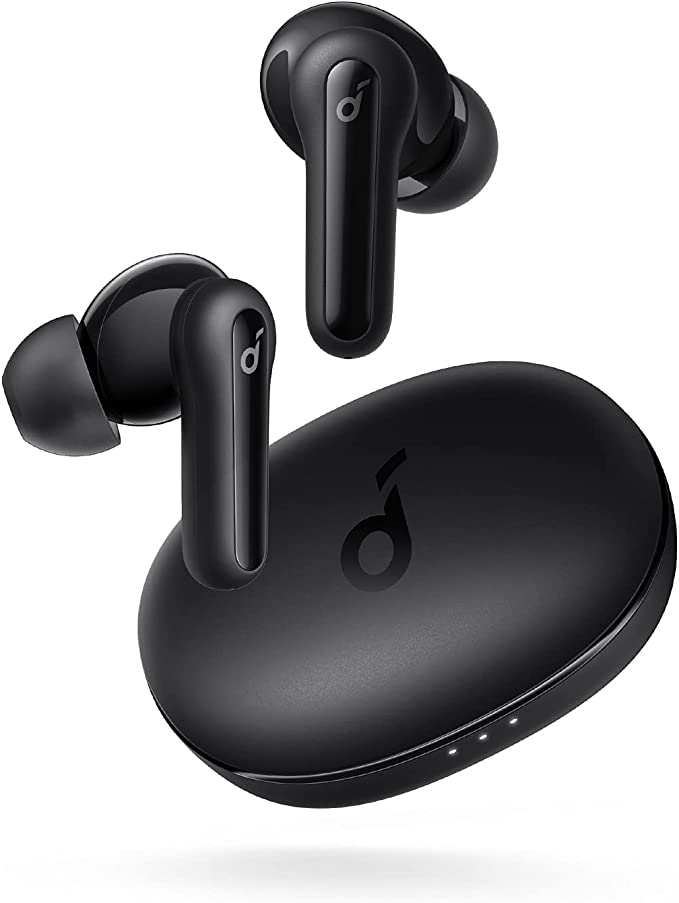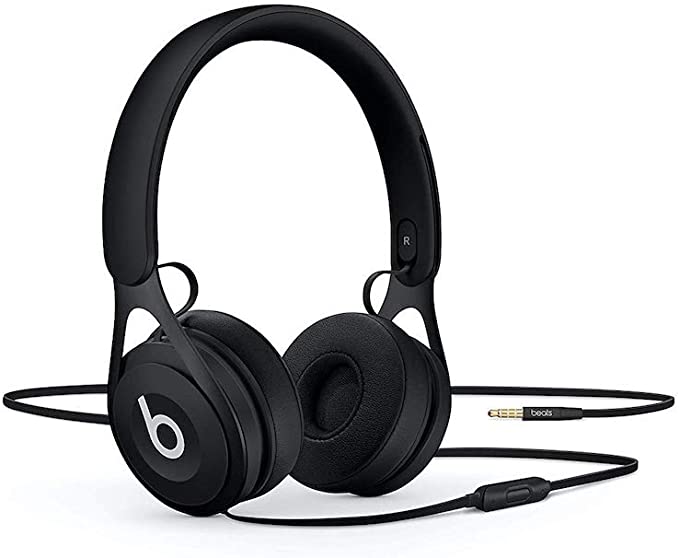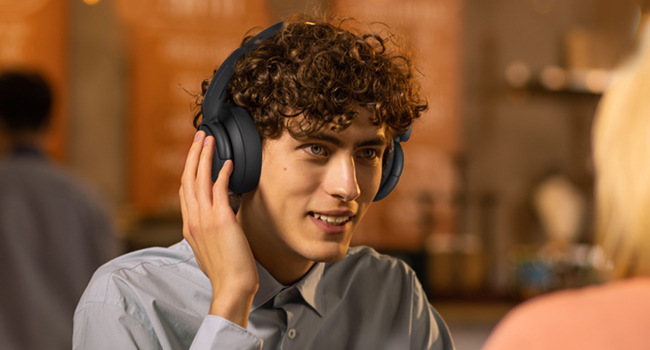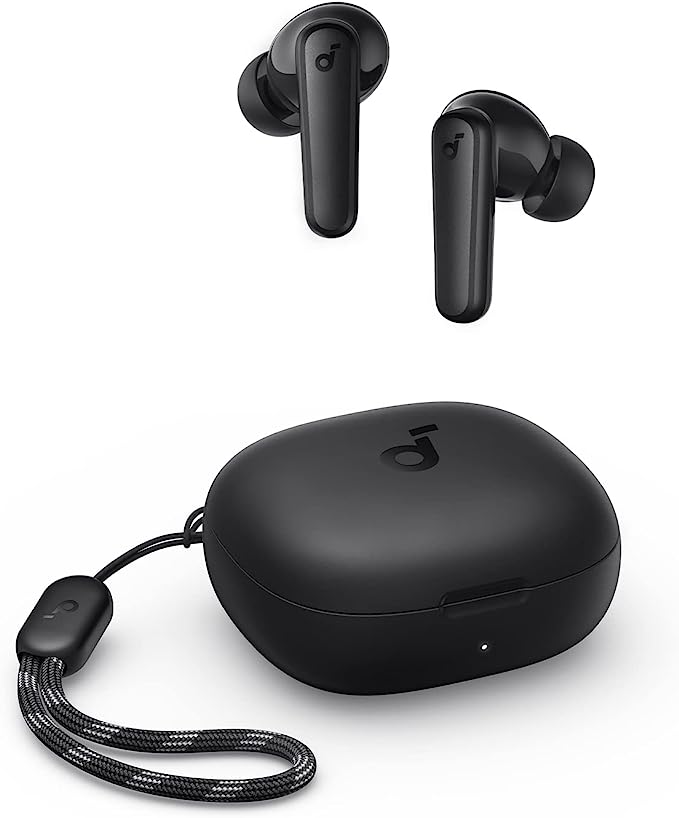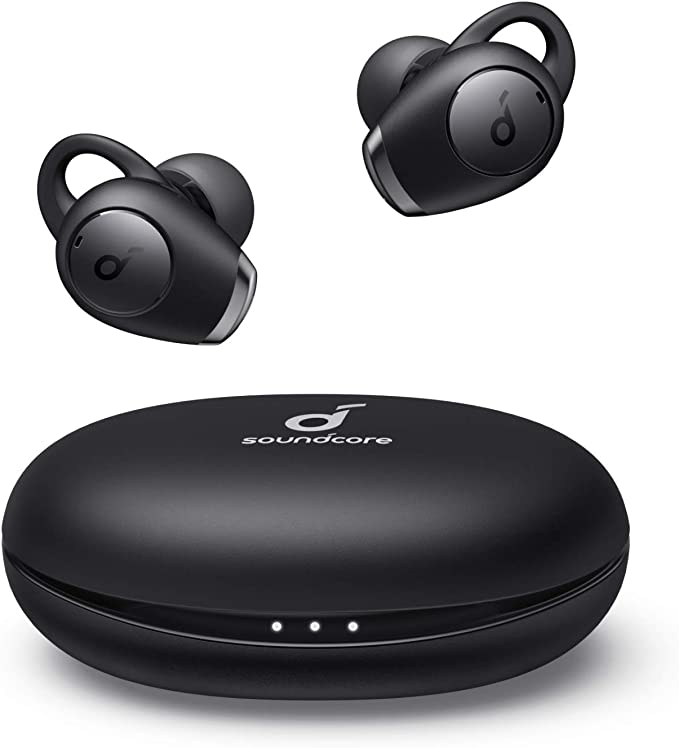HUAWEI FreeClip Wireless Earbuds: Open Your Ears to a New World of Sound
Update on July 5, 2025, 7:05 a.m.
Let’s be honest. There’s a subtle tyranny to the modern earbud. It’s the feeling of a silicone tip sealing off your ear canal, creating a low-pressure hum and a sense of being submerged. It’s the low-grade anxiety of missing a train announcement, the awkwardness of pulling one out to say hello, the feeling that you’ve walled yourself off from the world just to have a personal soundtrack. For years, the quest for audio fidelity has been a quest for perfect isolation. But what if that’s the wrong quest? What if you could have your music and hear the world, too?
Enter a device that looks less like a piece of tech and more like a minimalist earring. The HUAWEI FreeClip doesn’t have a tip to insert, no wing to wedge into your cartilage. It simply… clips on. Its C-shaped design is so unconventional, so divorced from the familiar teardrop shape of its peers, that it forces a fundamental question: how on earth does that even work? And why would you want it to?
The answer begins not in a sound lab, but with a material born from the crucible of the Cold War space race.

The Gentle Embrace: A Lesson from the Stars
The magic behind the FreeClip’s secure yet impossibly light grip is its C-bridge, the slender arc that connects the speaker to the anchoring “bean.” This isn’t just a flexible piece of plastic. It’s forged from a high-performance Ni-Ti (Nickel-Titanium) shape-memory alloy, a material with a fascinating past. Known commercially as Nitinol, it was discovered by accident at the U.S. Naval Ordnance Laboratory in 1959. Researchers were trying to create heat and corrosion-resistant materials for missile nose cones. What they found was a metal that could be bent, twisted, and seemingly ruined, only to spring back to its original shape flawlessly. It could remember its form.
This “memory” is the secret to the FreeClip’s comfort. The Ni-Ti alloy allows the C-bridge to flex just enough to slide over the cartilage of your ear, then apply a precise, consistent, and barely-there pressure. It’s a grip engineered to be forgotten. This isn’t a one-size-fits-all guess; it’s a design refined by data from over 10,000 global ear scans, ensuring that its gentle clamp is effective for a vast array of human anatomy. At just 5.6 grams—the weight of a single sheet of paper—it’s no wonder users frequently report the same surreal experience: they simply forget they are wearing them. The technology achieves its highest form of success by disappearing.

The Private Whisper: The Magic of Canceling Sound You Can’t Hear
So, it stays on comfortably. But this solves only half the puzzle. The true paradox of any open-ear design is acoustics: how do you beam sound into a user’s ear without it spilling out and annoying everyone around them? If there’s no seal, what stops your podcast from becoming public radio?
HUAWEI’s solution is a clever, two-pronged attack on physics. First, the sound is generated by a powerful 10.8mm dual-magnet driver. Think of a standard speaker driver as using one magnet to push and pull a diaphragm to create sound waves. By using two magnets, you significantly increase the magnetic force, allowing for more powerful, precise, and responsive control over the diaphragm. This means clearer vocals and richer tones can be produced efficiently, right next to your ear canal.
But the real stroke of genius is the Reverse Sound Waves System. Imagine dropping a pebble into a still pond. The music you want to hear is the main ripple moving towards the center (your ear). But some of that energy inevitably creates secondary ripples that travel outwards (sound leakage). This system works by dropping a second, perfectly timed “anti-pebble” right beside the first. It generates sound waves that are the exact inverse—the crests of the leaking sound meet the troughs of the reverse sound. As any physics student knows, when these opposite waves meet, they undergo destructive interference. They cancel each other out. The result is a dramatic reduction in audible sound for anyone but you, creating a private bubble of audio in the middle of an open room.

Life in the Open: Your World, Your Soundtrack
This is where the science translates into daily life, solving problems you might not have realized were solvable. The abstract becomes tangible.
Picture the modern office worker. You’re deep in a spreadsheet, with a focus playlist creating a productive flow. Out of the corner of your eye, you see your boss approaching. With traditional earbuds, this is a moment of frantic fumbling to pause the music and yank one out. With the FreeClip, you simply hear them say your name, turn, and have a conversation, your music instantly fading into the background of your attention without ever stopping.
Think of the urban runner. You want the driving beat of a running playlist, but you also need to hear the bicycle bell behind you, the approaching car, the sounds of the city that keep you safe. The FreeClip’s open design provides that crucial situational awareness. And with an IP54 rating, it’s engineered to resist the sweat and dust that come with an active lifestyle. The rating’s first digit, ‘5’, signifies strong dust protection, while the ‘4’ confirms its resilience against water splashes from any direction.
Or consider the parent at home, trying to steal a moment to listen to a podcast while folding laundry. The old way meant choosing between your audio and listening for the baby monitor. The new way is hearing both—the expert’s voice in your ear and the first stirrings from a nap across the hall. It’s not about multitasking; it’s about seamlessly integrating your digital life with your physical one.
The Fine Print: Where the Magic Fades
Of course, no single design is a panacea. To build trust, one must acknowledge the trade-offs, and the FreeClip is a masterclass in deliberate compromise. If you’re a bass-head who craves the skull-shaking rumble that only a sealed ear canal can provide, these are not for you. As one user aptly noted, the sound quality is excellent for its class but can’t fully replicate the “oomph” of high-end in-ear monitors.
Likewise, if your primary goal is to obliterate the drone of an airplane engine or the screech of a subway car, you need active noise cancellation, a technology that is fundamentally antithetical to the FreeClip’s open-ear philosophy. This isn’t a flaw; it’s the entire point. It’s designed for the moments you need to hear the world, not block it out.

Conclusion: More Than an Earbud, A New Conversation
The HUAWEI FreeClip is a fascinating piece of engineering. It’s a device that, through a strange and elegant design, answers a question many of us didn’t know we were asking. It uses space-age material science to solve a problem of earthly comfort, and clever acoustic physics to reconcile the seemingly opposing desires for private audio and public awareness.
Ultimately, its greatest contribution may be the conversation it starts. It suggests a future for personal technology that is less about creating immersive, separate realities and more about subtly enhancing the one we’re already in. It’s a step towards a more “ambient” form of computing, where our devices become quiet, intuitive partners rather than demanding portals. It’s an earring that sings, yes, but it also listens to the world around it. And in doing so, it encourages us to do the same.


